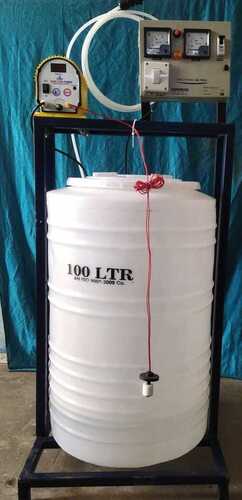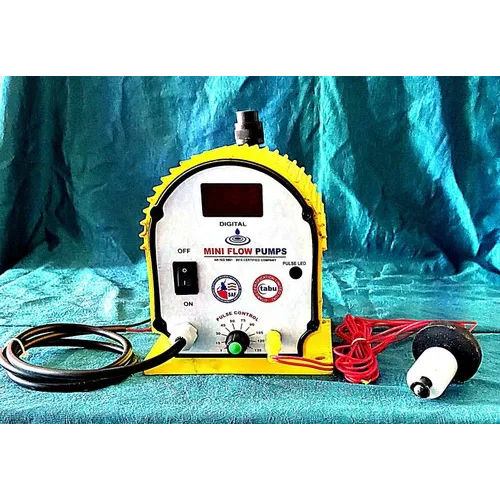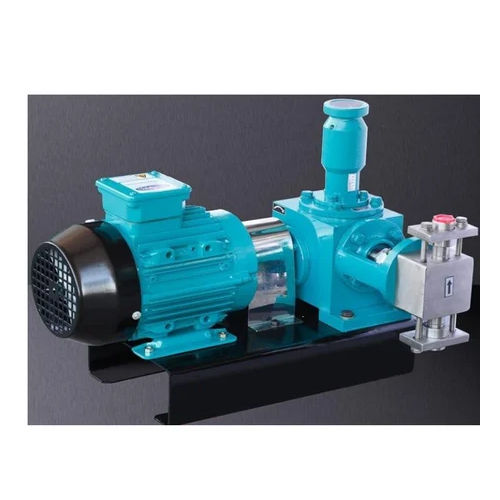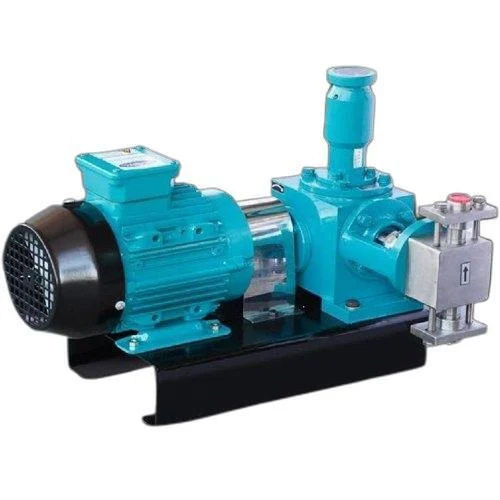Call us: 07971549709
Automatic Dosing System
18000 INR/Piece
Product Details:
- Color White
- Product Type Automatic Dosing System
- Usage Industrial
- Size Standard
- Material Steel
- Power Electric Watt (w)
- Pressure High Pressure PSI
- Click to View more
X
Automatic Dosing System Price And Quantity
- 18000 INR/Piece
- 1 Piece
Automatic Dosing System Product Specifications
- Steel
- High Pressure PSI
- Standard
- Submersible
- White
- Automatic Dosing System
- Industrial
- Electric Watt (w)
Automatic Dosing System Trade Information
- 100 Piece Per Month
- 10 Days
Product Description
An automatic dosing system is a device that is designed to automatically add a precise amount of a chemical or substance to a liquid or gas stream. These systems are commonly used in a variety of industries, including water treatment, agriculture, food and beverage, and chemical manufacturing.
In water treatment, automatic dosing systems are used to add chemicals such as chlorine, flocculants, and pH adjusters to water in order to disinfect it, remove impurities, and adjust its acidity or alkalinity. The dosing system can be programmed to add the chemicals at specific intervals or based on the water flow rate, ensuring consistent and accurate dosing.
Automatic dosing systems typically consist of a controller or computer that is connected to one or more dosing pumps. The controller is programmed with the desired dosing rate and can adjust the pump speed to achieve the desired flow rate. The dosing pump is a positive displacement pump that is designed to deliver a precise amount of liquid or gas with each stroke.
Some advanced automatic dosing systems use sensors and feedback loops to monitor the chemical concentration in the water and adjust the dosing rate in real-time to maintain a constant level of the chemical. This is particularly useful in applications where the water quality varies widely or where precise control of the chemical concentration is critical.
Automatic dosing systems are popular because they are easy to use, require minimal operator intervention, and can improve the accuracy and consistency of chemical dosing.
Tell us about your requirement

Price:
Quantity
Select Unit
- 50
- 100
- 200
- 250
- 500
- 1000+
Additional detail
Mobile number
Email

 English
English Spanish
Spanish French
French German
German Italian
Italian Chinese (Simplified)
Chinese (Simplified) Japanese
Japanese Korean
Korean Arabic
Arabic Portuguese
Portuguese






